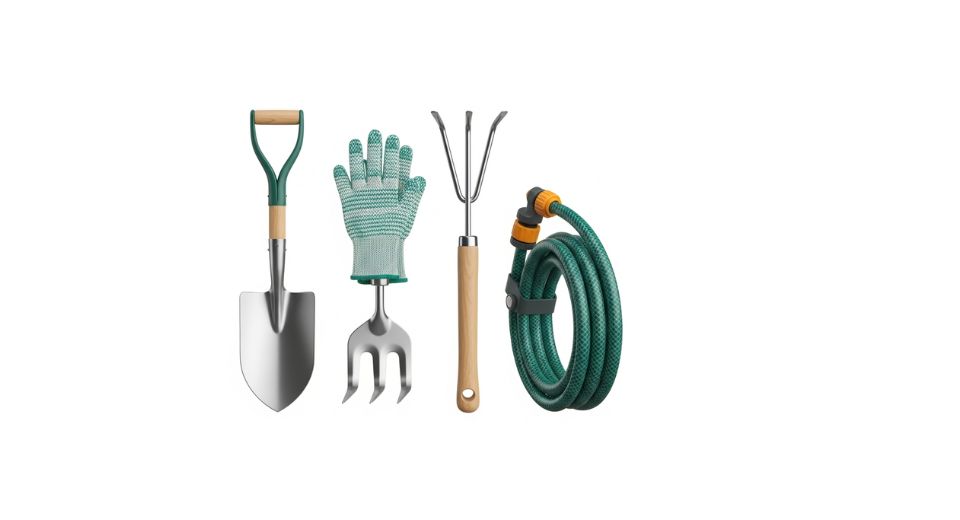
Jun 02, 2025

Metastat Insight latest report presents an in-depth look at the evolution and innovation defining the Global Garden Tools Market, a niche that has quietly become a prominent feature throughout homes, business properties, and public spaces. Gardening, which long was thought of primarily as a recreational activity, has experienced a substantive shift in how it intersects with daily life, urban planning, and overall well-being. This has, in turn, impacted the equipment that facilitates such work, leading to new designs, priorities in manufacturing, and channels of distribution that mirror the functional and aesthetic purposes these devices now serve.
Global Garden Tools market is estimated to reach $112,678.3 million in 2025 with a CAGR of 4.5% from 2025 to 2032.
Used by users from amateur hobbyists to professional gardeners, garden tools are more than mere instruments for plants and soil. Their functionality and design have evolved to accommodate contemporary lifestyles and environmental conditions. Regardless of their application for pruning compact balcony gardens or for demanding cultivation in larger estates, the products in this category are designed for chores that require precision, strength, and comfort. These are not attributing every product within any category is expected to have, naturally, but they continue to drive consumer expectations and inform how manufacturers meet evolving needs.
The impact of gardening as a functional and expressive activity has helped promote a broader appreciation for specialized equipment. As individuals become more particular about the plants they grow. whether decorative shrubs, plants that produce food, or ornamental landscapes the types of implements on the market have increased to meet various care regimens. This transition is not merely about satisfying functional requirements but also providing tools that represent the purpose of every gardening undertaking. The emotional bond that customers form with their greenery tends to translate into the tools they use, further highlighting the subtle yet individualistic function these objects serve in daily habits.
In addition to function, durability remains a deciding factor in purchasing behavior. Those who use outdoor activities on a daily basis are well aware of the impact of the quality of materials on lifespan and comfort. It is particularly so in cases where people work under varied weather conditions or have big garden spaces to take care of. Be it the spade handle or the shear edge, the material will decide not only the life of the tool but also its usability. Manufacturers, in turn, have increasingly turned to mixtures of old and new materials in an effort to balance strength and control.
Increased focus on ergonomic concerns has further civilized the way products in the Global Garden Tools Market are crafted. Sustained tool use can result in physical stress, particularly where motions are repetitive or force is needed. As such, there has been a subtle but significant evolution in the implementation of comfort features including grip improvement, even weight distribution, and sleek operation mechanisms. These features, while perhaps not always apparent on first inspection, are frequently what distinguish the occasional-use tool from the trusted one that becomes part of the routine maintenance stable.
Distribution patterns for garden tools have also expanded new dimensions in recent times. Hardware stores and gardening centers are still significant, but digital storefronts and consumer-direct platforms have provided new options for consumers and sellers. Consumers are now able to browse a wider variety of tools and make selections based on complete specifications, user reviews, and visual examples, all from the comfort of their own homes. This transition has brought with it a new set of transparency, comparison ease, and after-sales support expectations, driving brands to enhance digital presence and provide detailed information through online platforms.
The Global Garden Tools Market also is shaped by different regional preferences and climatic conditions. A tool used extensively in one climate area might find limited use in another. Soil structure, vegetation type, and climatic conditions all determine what kinds of tools become necessary in particular regions. For example, areas that are subject to dry, hard soil may focus on digging tools constructed for durability, while tropical regions may focus on pruning tools that can handle high-growing vegetation. These nuanced differences have promoted localized products even within more extensive brand portfolios, enabling businesses to respond to specific requirements without compromising cohesiveness in their overall product lineup.
One cannot overlook the increasing sensitivity among users towards sustainability in tool manufacturing. While it might not be the chief consideration for buying for everybody, there is mounting concern with whether or not tools are produced with recyclable materials, whether there is wasteful packaging avoided, or whether the production processes are environmentally friendly. This consciousness may not fuel most transactions, but it definitely plays a role in brand perception and loyalty, particularly among consumers who see gardening as part of an extended lifestyle dedicated to environmental consciousness.
As echoed in the results released in the Global Garden Tools Market Report submitted by Metastat Insight, this industry continues to develop through subtle but persistent changes. The tools themselves have grown in design, use, and availability, adapting to the multi-layered relationship humans have with their outdoor environments. It is not one of dramatic changes but of calculated advance, wherein the dynamic tension between function, comfort, and purpose delineates the tools that enable the activity of nurturing life. By blending innovation and vigilance, the market progresses, rooted in routines and dreams of those who are invested in the land and the tools they employ to work it.
Drop us an email at:
Call us on:
+1 214 613 5758
+91 73850 57479